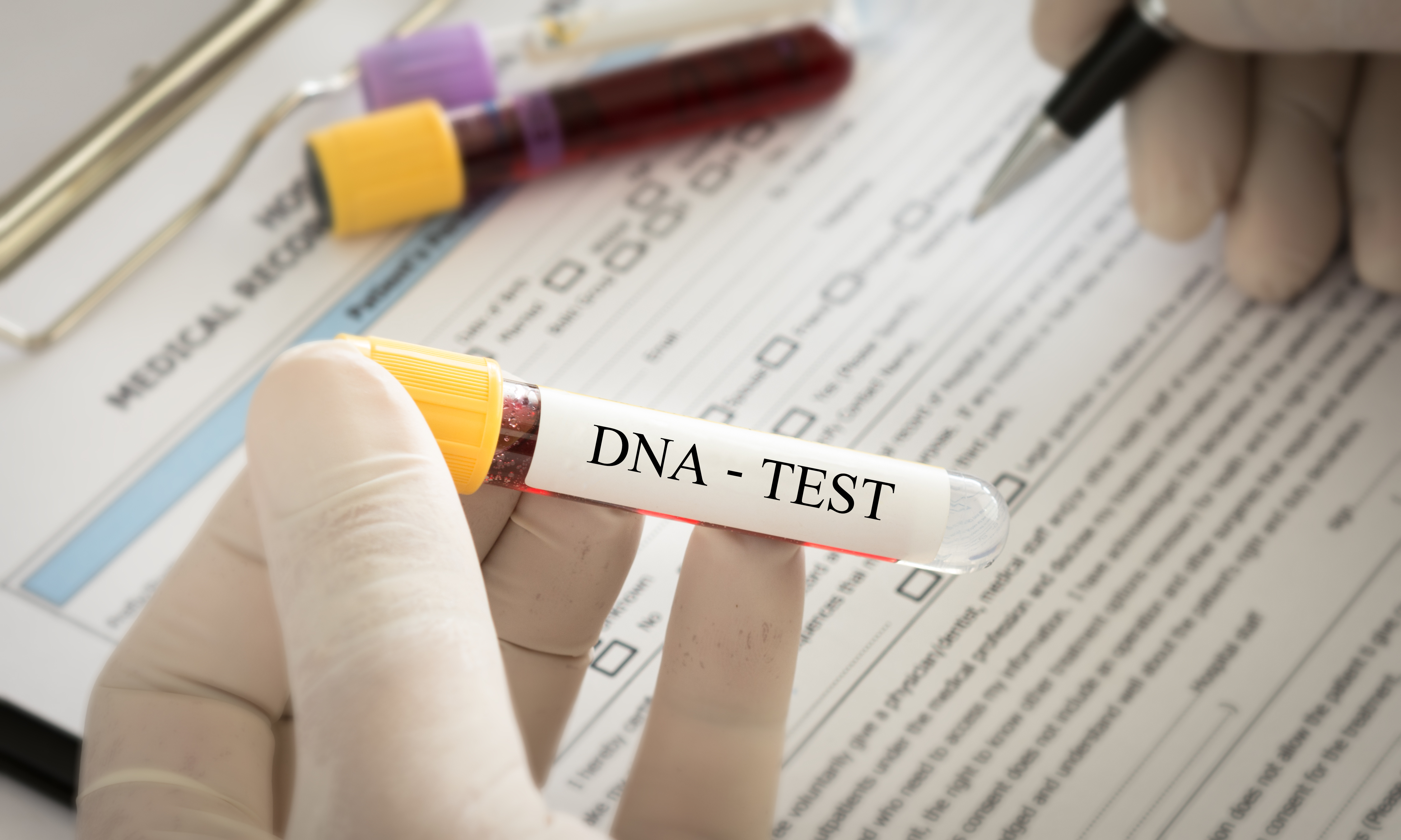‘Ticking away in the back of my mind’: what does it mean to know the risk embedded in your DNA?
By Sophie Black,
The Guardian
| 09. 04. 2022
Mortality has always been on Perry Jones’ mind, much more so than your average 20-something. She’s dealt with a number of challenging health conditions since her teens, so when her mother urged her to be screened for the BRCA1 variant and BRCA2 variant gene a couple of years ago (both of which indicate a high risk of breast and ovarian cancer) she didn’t exactly jump at the chance.
Jones, who has type 1 diabetes, coeliac disease and spinal development issues, speaks about her dealings with the health system in the world-weary way of someone who’s been in and out of waiting rooms her whole life.
“I’ve got the whole wazoo. So a part of me was like, ‘What’s the likelihood that I’m going to have another thing? It’ll be fine. There’s no point.’”
But Jones’ mother insisted. After all, she’d been diagnosed with breast cancer at the age of 40. “Mum said it’s better to know than not to know. And if we know, then we can warn others in our family and we can look into better treatment methods...
Related Articles
By Emily Glazer, Katherine Long, Amy Dockser Marcus, The Wall Street Journal | 11.08.2025
For months, a small company in San Francisco has been pursuing a secretive project: the birth of a genetically engineered baby.
Backed by OpenAI chief executive Sam Altman and his husband, along with Coinbase co-founder and CEO Brian Armstrong, the startup—called...
By Jessica Hamzelou, MIT Technology Review | 11.07.2025
This week, we heard that Tom Brady had his dog cloned. The former quarterback revealed that his Junie is actually a clone of Lua, a pit bull mix that died in 2023.
Brady’s announcement follows those of celebrities like Paris...
By Emily Mullin, Wired | 10.30.2025
In 2018, Chinese scientist He Jiankui shocked the world when he revealed that he had created the first gene-edited babies. Using Crispr, he tweaked the genes of three human embryos in an attempt to make them immune to HIV and...
Public domain portrait of James D. Watson by Cold Spring Harbor Laboratory
and the National Human Genome Research Institute on Wikimedia Commons
James Watson, a scientist famous for ground-breaking work on DNA and notorious for expressing his antediluvian opinions, died on November 6, at the age of 97. Watson’s scientific eminence was primarily based on the 1953 discovery of the helical structure of DNA, for which he, Francis Crick and Maurice Wilkins shared the 1962 Nobel Prize in Physiology or...




